Free Call our River Cruise Specialists on
AmaMagna
Danube
AMAAM251123BJRL

Free Call our River Cruise Specialists on
Request a quote - Let us call you back
(Prices correct as of today’s date, are updated daily, are subject to change and represent genuine availability at time of update).
Please click here to check the essential travel requirement before booking this cruise.
Cruise only holidays are financially protected by ABTA. Fly cruise holidays are financially protected by
AmaWaterways under ATOL number 9294
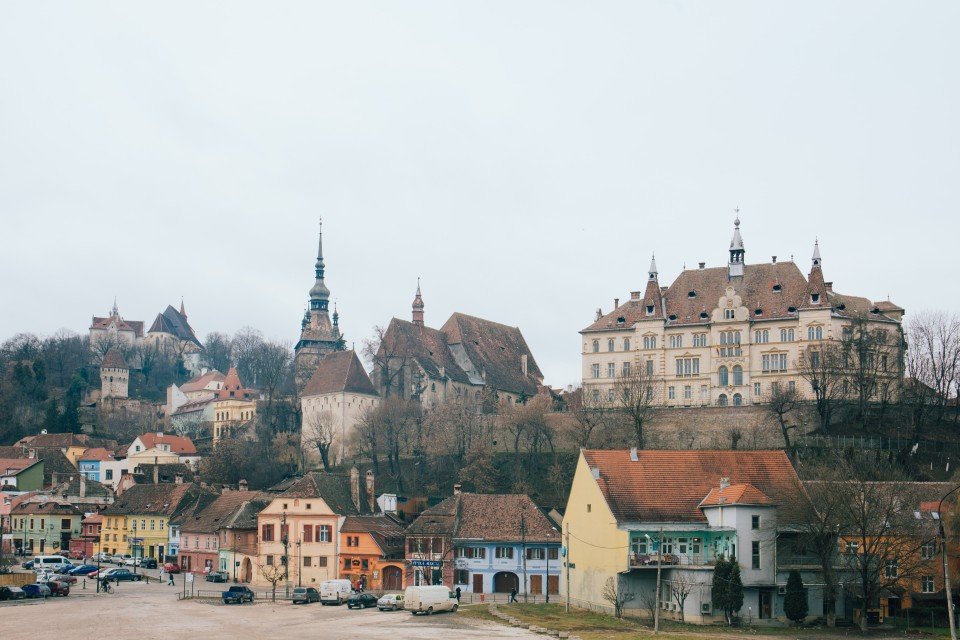
Sitting on the banks of the Danube River, Giurgiu is a Romanian city best known for its historical significance, home to landmarks such as the Clock Tower and the Giurgiu Fortress. What's more, Giurgiu acts as a vital transportation hub that connects Romania to Bulgaria via the Danube Bridge, and is also recognised for its agriculture.

Ruse, or "Little Vienna" as it is affectionately referred, is an enchanting city resting on the northern bank of the Danube in Bulgaria. Seamlessly blending an amalgamation of European influences, with elegant 19th-century buildings and grand avenues, Ruse is home to iconic architectural landmarks such as the Freedom Square and the Monument of Liberty. Beyond its rich history and architectural heritage, the city's strategic location as a major port along the Danube has pivotally influenced its progression as a c... Read More
-custom_banner-banner_half.jpg)
Steeped in medieval history, Vidin is a striking city located in the North-West of Bulgaria on the banks of the Danube, home to the incredible Baba Vida fortress, one of the country's oldest and best-preserved strongholds. Offering a glimpse into Bulgaria's cultural past, Vidin's cobblestone streets and Ottoman-era architecture paint a vivid picture of the country's legacy, surrounded by scenic views and the relaxed atmosphere of the Danube waterfront.
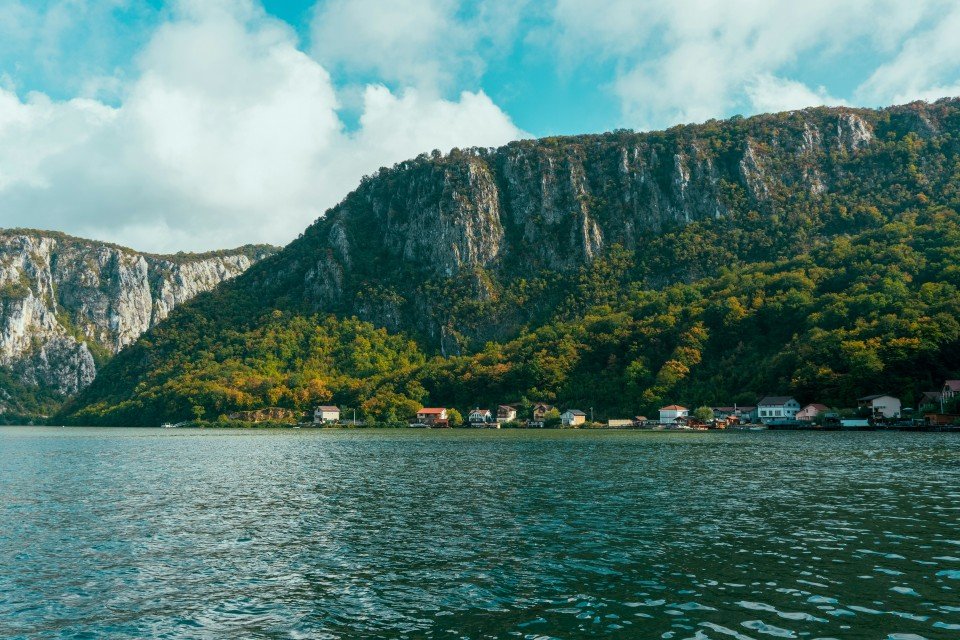
As the River Danube flows through the Carpathian Mountains, the breath-taking gorge known as the Iron Gates is formed, creating a natural border between Serbia and Romania. Characterised by steep limestone cliffs towering dramatically over the water, painting a magnificent landscape, this awe-inspiring stretch of the Danube is not only rich in natural beauty but also holds significance culturally and historically, home to archaeological remnants that date back to ancient times. The Iron Gates Dam is also si... Read More
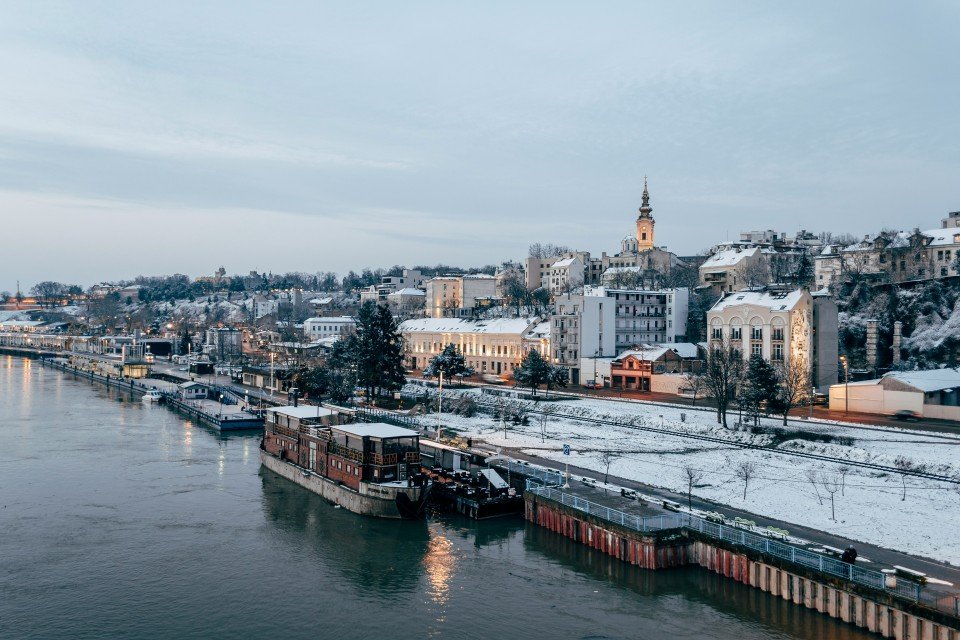
Belgrade, Serbia's capital, is characterised by its rich cultural tapestry, resilient spirit and lively nightlife. Situated at the confluence of the Sava and Danube, Belgrade beautifully blends history with modernity, offering visitors the opportunity to explore the magnificent Belgrade Fortress, wander through the bohemian Skadarlija district, and enjoy the city's vibrant culinary scene. Adorned with an amalgamation of architectural styles, reflecting the deep and complex history of the city, Belgrade embodies... Read More
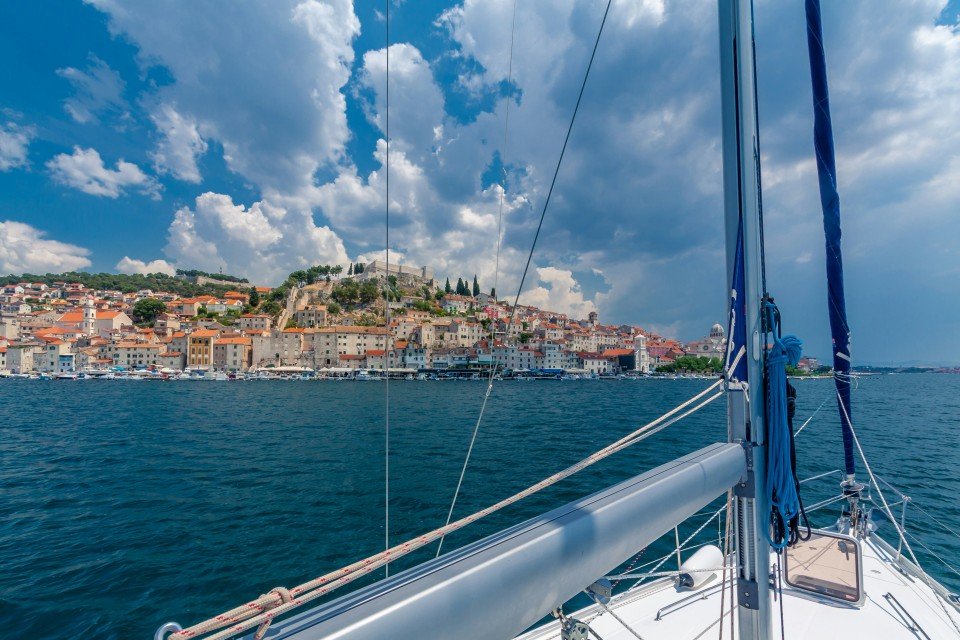
Vukovar is a Croatian city with a poignant history, marked by the Croatian War of Independence of the early 20th Century, during which it suffered extensive damage and destruction. Despite the scars of its past, Vukovar has seen remarkable efforts to rebuild, whilst maintaining elements of its rich cultural history. Visitors today can explore the Baroque architecture of Eltz Castle and the solemn Memorial Cemetery, serving as a symbol of resilience and strength alongside hope, recovery and light, a tribute to th... Read More
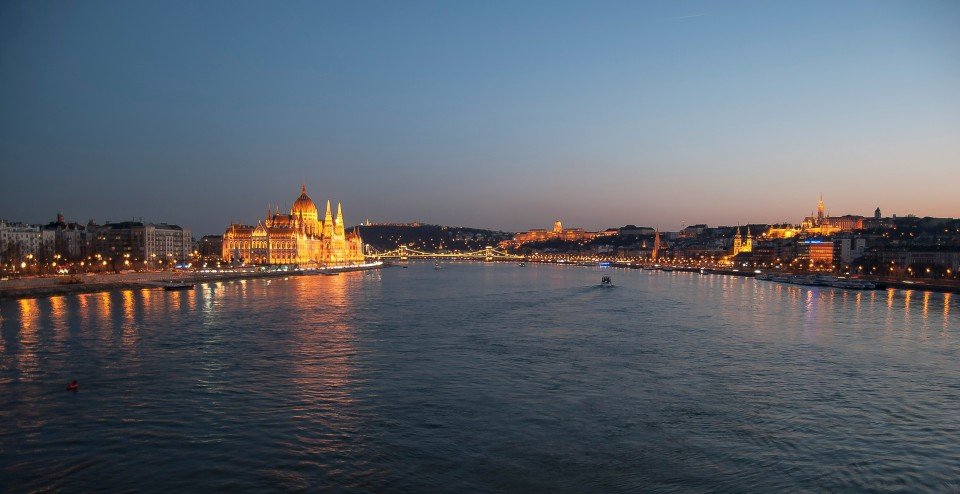
Mohács is situated on the banks of the Danube river in southern Hungary, celebrated for its significance in history and warfare strategy as the site of the 16th Century Battle of Mohács, which saw the Ottoman Empire defeat the Kingdom of Hungary in what became a pivotal event in history. The town offers a number of historical landmarks to reflect its diverse past, including the Mohács Castle and the Turkish House. Moreover, Mohács is host to the renowned Busójárás... Read More

Budapest is the capital city of Hungary and is located over the River Danube. It is one of the largest cities in the European Union and much of its historical sites have been awarded UNESCO World Heritage Site status. Originally formed in 1873 by the joining of Buda, Pest and Old Buda, the city suffered heavy destruction during World War II and was rebuilt into the country's political, cultural and commercial hub it is now. Bridges and railways connect the city over the Danube, including the six small islands situa... Read More
Show All
Show Less